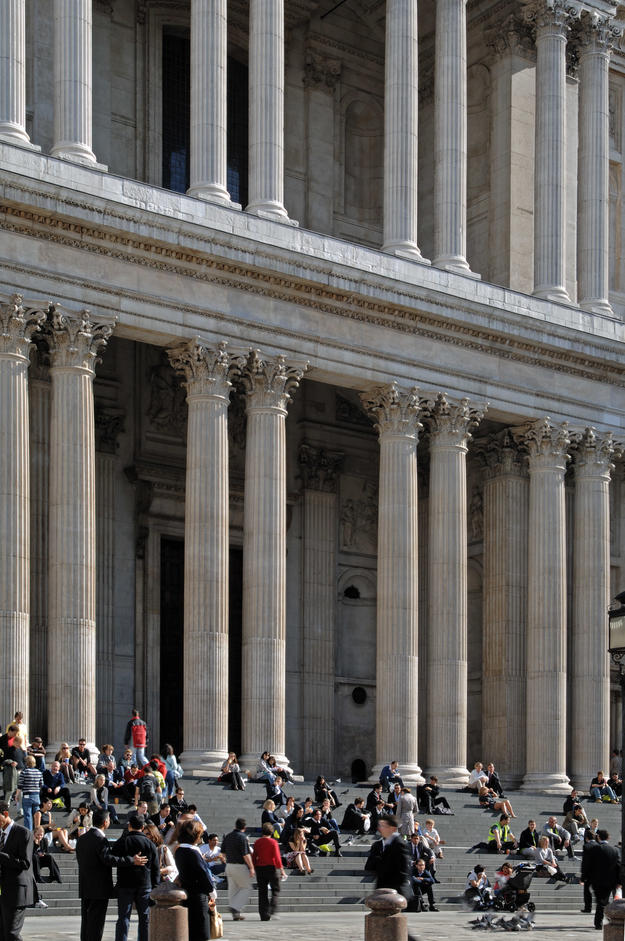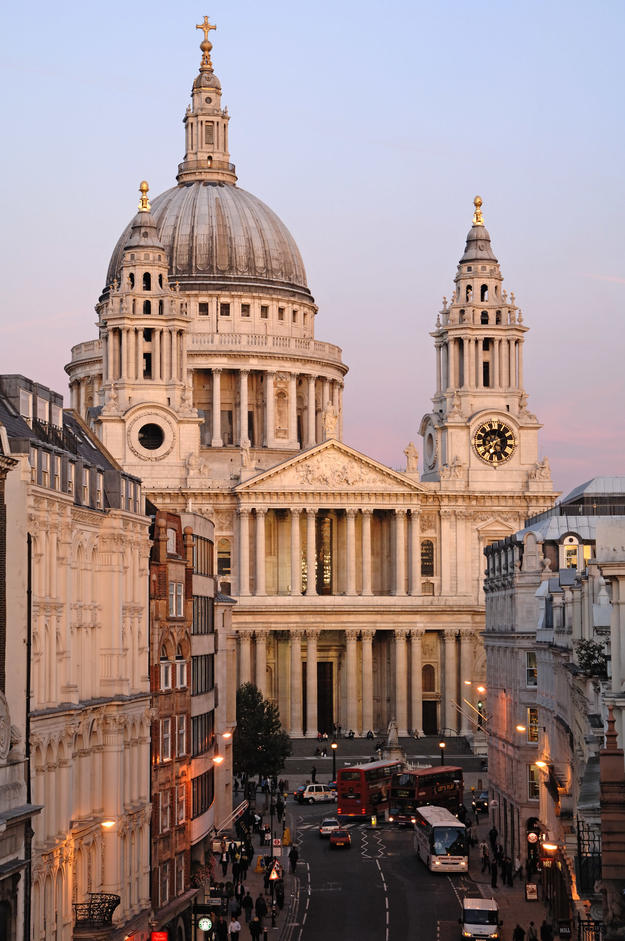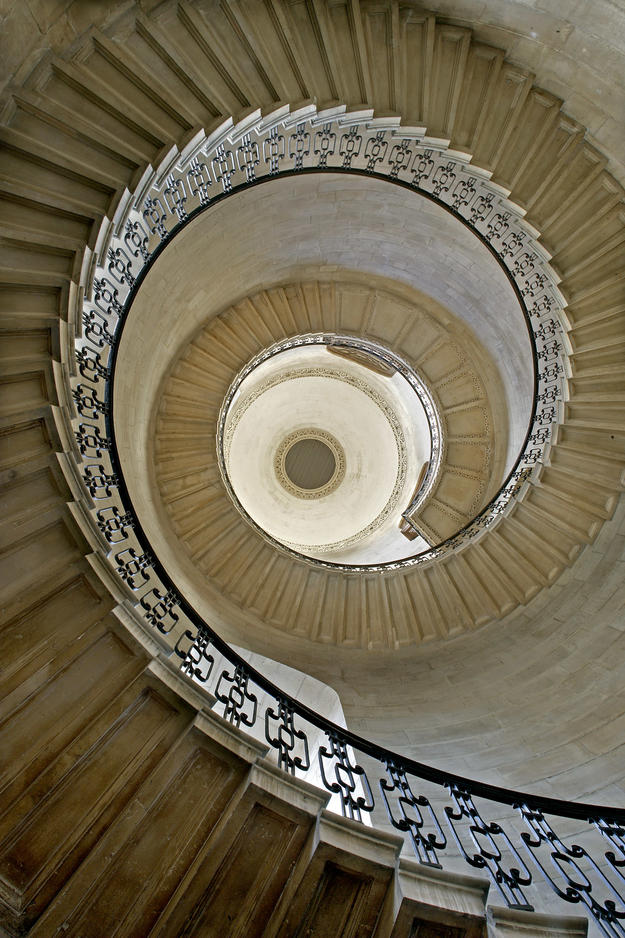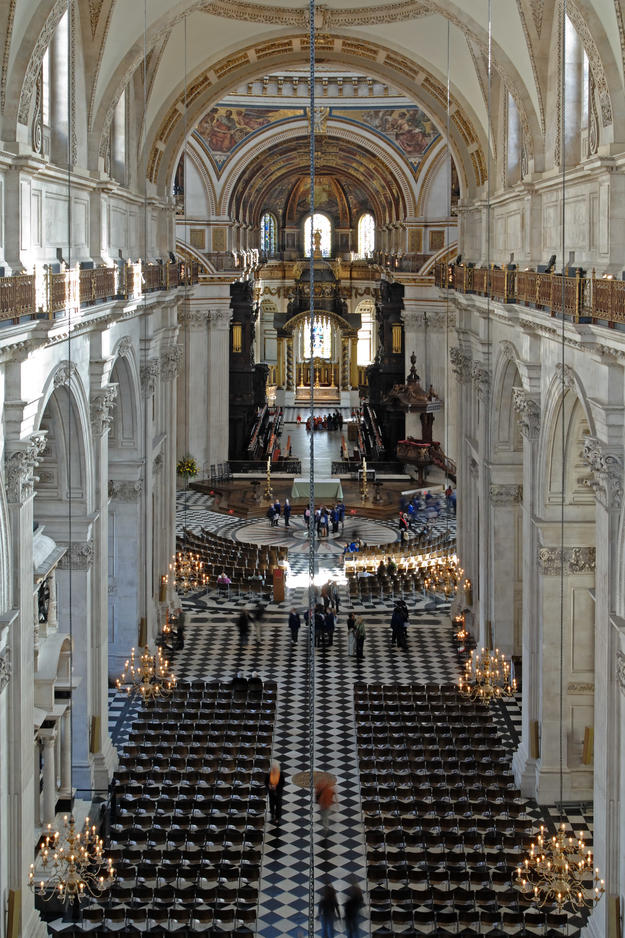Saint Paul's Cathedral
Background
A cathedral dedicated to the Apostle Paul has existed in London since 604 AD. The medieval cathedral was destroyed in the Great Fire of 1666. One of the most iconic structures in London today is the English Baroque cathedral designed by Sir Christopher Wren between 1675 and 1710 during the period of reconstruction after the Great Fire caused the transformation of London’s cityscape. St. Paul’s Cathedral remained the tallest building in London from its completion until 1962, and continues to be one of the largest and highest cathedral domes in the world. Beyond its architectural landmark status, St. Paul’s Cathedral serves as the Anglican Episcopal see in London and thus has figured prominently in many major cultural and religious events, from the funerals of Lord Nelson and Winston Churchill to the marriage of Prince Charles and Diana Spencer. In 2000, the Dean and Chapter of St.Paul’s Cathedral inaugurated a £40m fundraising campaign to restore the interior and exterior of the cathedral and ensure accessibility for all visitors. The first phase of the program—the cleaning and repair of the structure—was completed in 2008 and celebrated the 300th anniversary of the laying of the cathedral’s final stone.
How We Helped
In 2007, WMF contributed to St. Paul’s visitor improvement plans through its Sustainable Tourism partnership with American Express Partners in Preservation program. A key feature of this award is the presentation to the public of areas that were not previously accessible to public, including the display of historical artifacts, including Wren’s Great Model and stones recovered from the medieval cathedral housed in a lapidarium. This is part of a broader sustainable tourism management plan for the entire cathedral that will aid conservation by alleviating congestion in certain parts of the church. A central component of this project is the lessening of crowding at the west end of the nave—the main point of entry—and to divert traffic to the crypt and triforium, where new educational and interpretive displays can be found.
Why It Matters
St. Paul’s is one of the most iconic sites in London as well as one of its top tourist attractions. The implementation of a sustainable tourism management plan improves visitors’ experiences while lessening the damage that can be caused from heavy visitor traffic to a limited portion of the interior. When the proposed changes are complete, St. Paul’s will have the ability to present a broader range of themes to the public allowing visitors to understand the importance of St. Paul’s over time. New technology employed in the visitor centre and the new areas open to the public will provide a richer experience, as well as reduce the concentration of crowds by allowing improved movement throughout the building. Mindful that St. Paul’s remains a place of worship, it also assures that sacred nature of the space is preserved by creating visitor facilities in the crypt.




